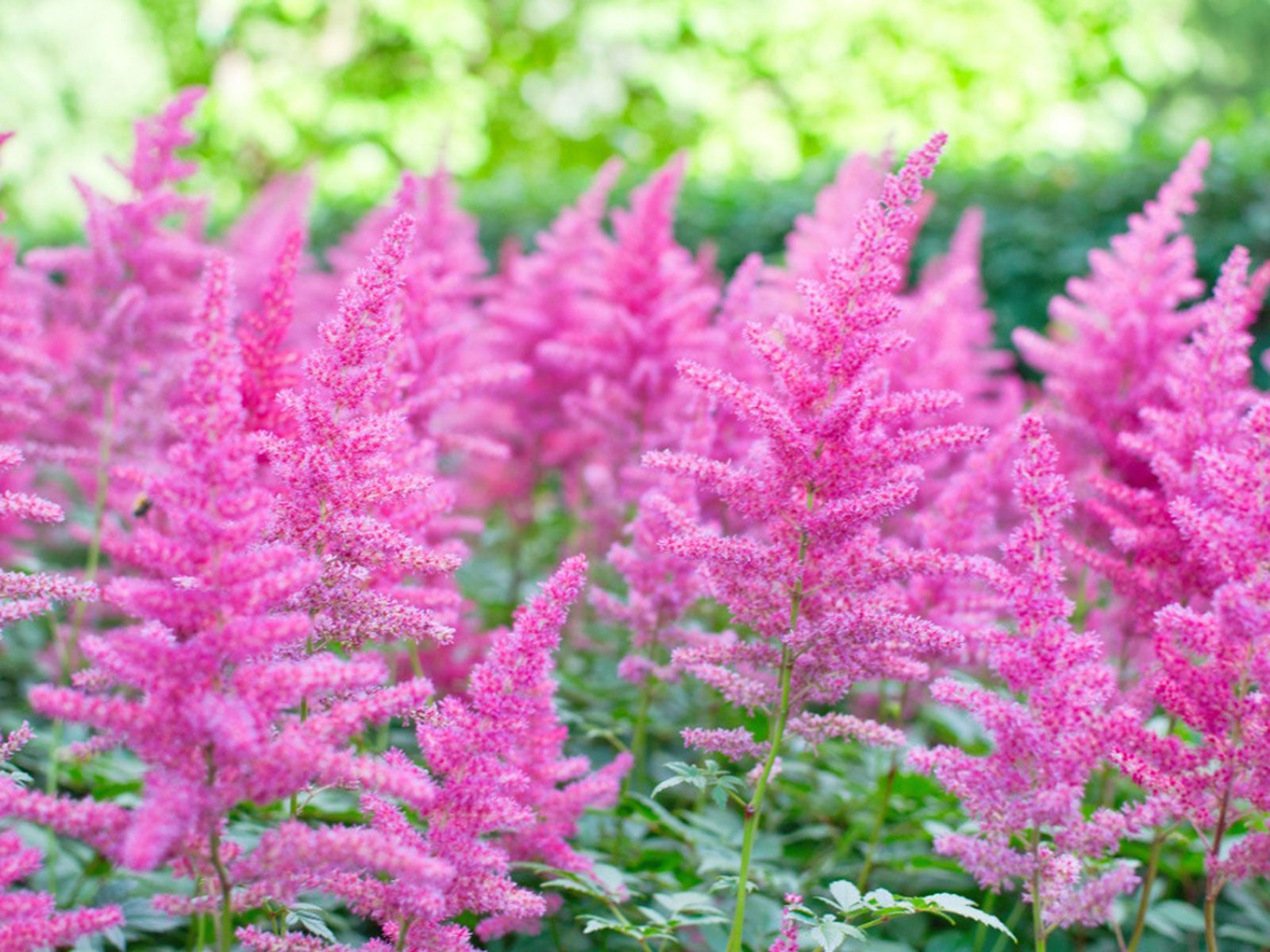Astilbe: A Versatile and Elegant Garden Plant
Astilbe, often referred to as the False Goat’s Beard, is a perennial flowering plant that adds a touch of elegance and color to gardens worldwide. With its feathery plumes of tiny flowers and delicate foliage, Astilbe is a popular choice among gardeners and landscapers alike. In this comprehensive article, we will delve into the various aspects of Astilbe, including its history, characteristics, planting and care, propagation, and common cultivars.
History and Origin
The genus Astilbe, belonging to the Saxifragaceae family, is native to East Asia, particularly China, Japan, and Korea. These plants have been cultivated for centuries in their native regions, prized for their ornamental value and medicinal properties. In the 19th century, Astilbe species were introduced to Europe and North America, where they quickly gained popularity among Western gardeners.
:strip_icc()/pink-astilbe-arendsii-perennial-afbcc6be-5c6b68c3aed94f23a0fe18e7688acf17.jpg)
Characteristics and Appearance
Astilbe plants are herbaceous perennials that typically grow to a height of 1 to 4 feet (30 to 120 cm). They feature a clump-forming habit with basal leaves that are divided into numerous leaflets. The leaves can vary in shape and color, ranging from dark green to bronze or purple.
The most striking feature of Astilbe is its inflorescence, a plume-like panicle composed of countless tiny flowers. These flowers can be white, pink, red, or purple, and they are often fragrant. The color and shape of the inflorescences can vary significantly depending on the specific cultivar.
Planting and Care

Astilbe plants thrive in moist, shady conditions. They are ideal for gardens with partial or full shade, such as woodland gardens, stream banks, and shady borders. The soil should be rich in organic matter and well-drained.
To plant Astilbe, dig a hole that is twice the size of the root ball. Place the plant in the hole and fill in the surrounding gaps with soil. Water the plant thoroughly after planting.
Astilbe requires regular watering, especially during dry periods. Mulching around the base of the plants can help retain moisture and suppress weeds. Fertilize Astilbe annually in early spring with a balanced fertilizer.
Propagation
Astilbe can be propagated by division or seed. The best time to divide Astilbe plants is in early spring or fall. Simply dig up the clump and carefully divide it into smaller sections. Replant the divisions in prepared holes.

Astilbe seeds can be sown indoors in late winter or outdoors in early spring. Sow the seeds on a moist seed starting mix and cover them lightly with soil. Keep the seeds moist and warm until they germinate.
Common Cultivars
There are numerous Astilbe cultivars available, each with unique characteristics and attributes. Some of the most popular cultivars include:
Astilbe arendsii: This hybrid series is known for its large, showy plumes of flowers in various colors.
Uses in the Garden
Astilbe plants can be used in various ways in the garden. They are excellent for creating a naturalized look in woodland gardens or along streams. Astilbe can also be used as a backdrop for taller plants or as a focal point in a shady border.
Conclusion
Astilbe is a versatile and beautiful perennial plant that can add a touch of elegance and color to any garden. With its feathery plumes of flowers and delicate foliage, Astilbe is a popular choice among gardeners and landscapers alike. By following the proper planting and care guidelines, you can enjoy the beauty of Astilbe in your own garden.

:max_bytes(150000):strip_icc()/how-to-grow-coleus-1402921-02-6ca494adf94f4a5887c94256a24ebf33.jpg?w=200&resize=200,112&ssl=1)



:max_bytes(150000):strip_icc()/hoya-plants-1315763-hero-fe8b10a522eb4d7e9ada8abbc303fbc5.jpg?w=200&resize=200,112&ssl=1)